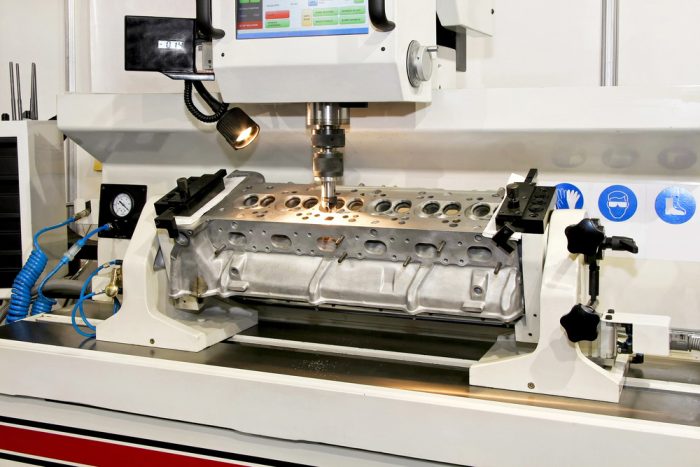Thread setting plugs are precision tools designed to measure and verify threaded holes and bolts. These vital instruments verify that threaded components meet industry standards and function as intended. If you work in manufacturing, maintenance, or quality control, understanding how thread-setting plugs work can help you maintain quality in your projects. Below, we explore the top thread setting plug applications that professionals rely on to achieve accuracy and precision.
Manufacturing Process
Thread-setting plugs are vital in manufacturing. They ensure that threaded holes and bolts are created according to precise specifications. As components move through the production line, verifying that the threads are within the required tolerance is vital. Thread plugs measure the diameter, pitch, and shape of the threads, making sure that they are perfect for assembly. Without these tools, the risk of faulty threads rises, leading to defects and costly rework.
Quality Control Inspections
Thread setting plugs are a fundamental part of the quality control process. After manufacturing threaded components, it is necessary to check whether the threads conform to the desired standard. These plugs inspect the accuracy of threads, detecting any imperfections or inconsistencies that could compromise the component’s function. Whether it is a small batch or a mass production line, thread-setting plugs provide quality inspectors with a reliable method for verifying that all pieces meet the required specifications.
Maintenance and Repairs
Threaded holes and bolts may experience wear and tear over time, especially in high-use or heavy-duty environments. A thread setting plug allows technicians to check the condition of threads during maintenance and repairs. If threads have worn down or become deformed, the plug gage can detect these changes early, preventing mechanical failures before they occur. Regular checks with thread-setting plugs can save time and money by identifying issues before they become evaluative.
Calibration and Adjustment
Calibration is vital in certifying that measuring instruments remain accurate over time. Thread setting plugs, such as thread gages and micrometers, are often used to calibrate other measuring tools. Technicians can verify the performance of their instruments and make necessary adjustments using these plugs. This application certifies that the measuring equipment gives consistent and reliable results, maintaining high precision across all measurement activities.
Component Testing for Wear and Tear
Thread setting plugs are not exclusively useful for checking the initial precision of threaded components; they are also valuable in testing wear over time. Regular checks on the condition of threads can help identify early signs of damage. When threaded components experience wear, they may no longer fit together correctly, leading to malfunction. Thread plugs help detect these issues before they escalate, making sure that parts remain functional and safe for use.
Ensuring Precision and Quality
Thread-setting plugs are used in multiple industries, including aerospace, automotive, medical, and manufacturing. These tools help professionals maintain high standards of quality and accuracy, ensuring that all threaded components meet the required specifications. As part of an overall quality assurance program, thread plugs allow for precise measurements, identification of wear, and instrument calibration.
At Willrich Precision Instruments, we understand the importance of reliable and accurate measuring tools. We offer a wide selection of thread setting plugs and other precision gages designed to meet your exacting standards.





